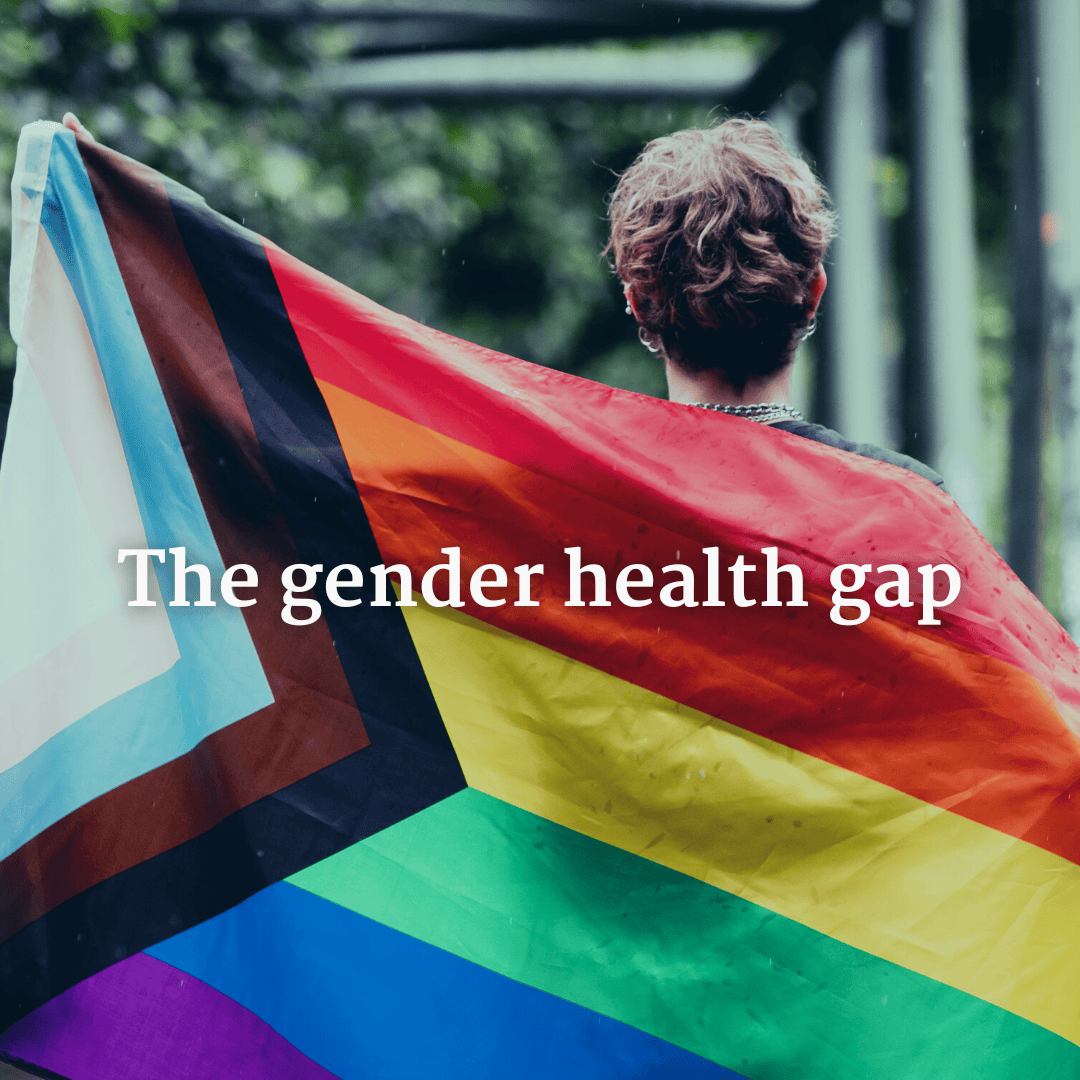
The gender health gap describes systemic sexism in healthcare and the resulting poorer service and outcomes for women. This (un-)conscious bias is not a new discovery, suggestions for how to circumvent it are not missing either (see this Medium article on how to design for women), and it is certainly not only about cis-women, but here’s a quick bulleted summary of how this shows up in health:
Clinical trials for new medications are still largely done on men
Women and people with uteruses get misdiagnosed more often
Doctors and health care providers have diagnosis bias
“Women’s health issues” are still under-researched (let aloine, often still called that)
The menstrual cycle is not often linked to general health issues
All of this is not news and usually elicits a “We need more public policy” reaction. And because not all of us are politicians or doctors or VC fund CEOs, there is something we can all do on a much smaller scale. And this applies to all areas of your life and career. Ask people who are not like you about their experiences and needs. And believe them. Sounds so simple, I know.
Everything changed in my business venture, when I applied this simple but effective rule. I am starting an alternative health company in femtech. I identify as a cis-woman and have a regular menstrual cycle. It was easy to fall into the trap of “I am my own best target user”. And I guess I’m lucky that I did early on. One day I was describing my project to someone I had just met at a café in the town I had just moved to. They happened to be non-binary. Two things alerted me to the fact that I was operating from a place of bias. 1) I was totally stumbling through this mini-pitch, trying to not use the word “woman” too often, getting too caught up in politically correct language, and coming off as a complete fool. 2) They did not get what I was trying to say, at all.
So, here are my lessons learned:
1
Talk to your target group and even those people on the edges of what you think your target group is! Enough trying to put everyone in the same box. Your definition of your target group is likely unconsciously biased anyway, so get creative and ask around for friends of friends, for colleagues, and their acquaintances.
2
You don't need a lot of funding (none, in fact) to run elaborate user experience tests and get people's opinions about your product. Again, just talk to real people and commit to believing them.
3
Practice discernment when you're reading scientific studies and new findings. This one is true always, but especially when you're building something for people who are not cis-het white men. Question the study's underlying assumptions, double- and triple-check its sample selection process, and read the results with your own brain. Meaning, don't just regurgitate the findings, interpretations, and conclusions. Instead, try to use them as jump-off points for better questions for your own user research.
I'm curious. What would you add to this list? What are your experiences building for people with uteruses?